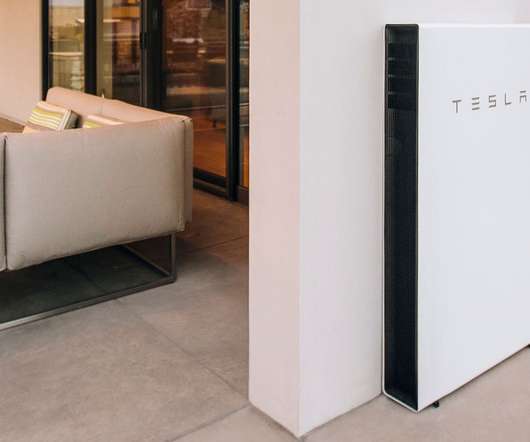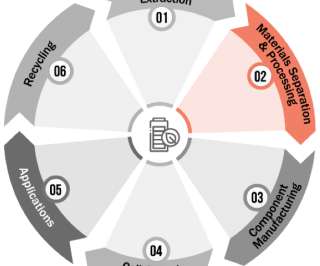ORNL team develops 3D interconnected polymer/ceramic composite as a thin film solid electrolyte
Green Car Congress
MAY 19, 2020
Oak Ridge National Laboratory researchers have developed a thin-film, highly conductive solid-state electrolyte made of a polymer and ceramic-based composite for lithium metal batteries. There are two classes of solid electrolytes, inorganic oxide- or sulfide-based electrolytes and polymer-based electrolytes. Dixit, Andrew S.









































Let's personalize your content